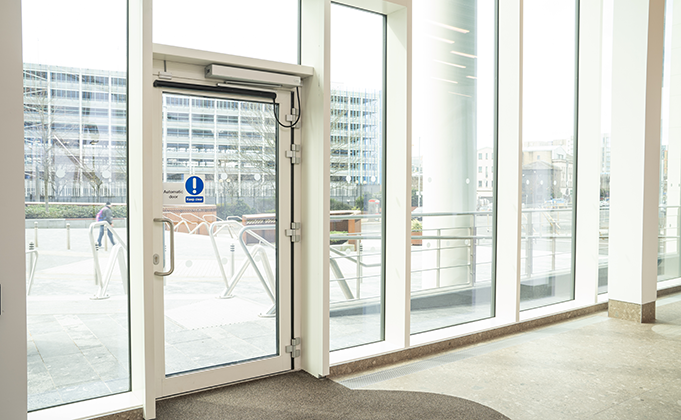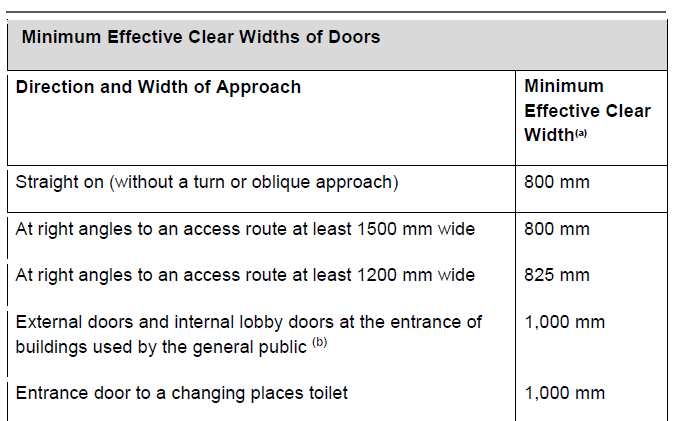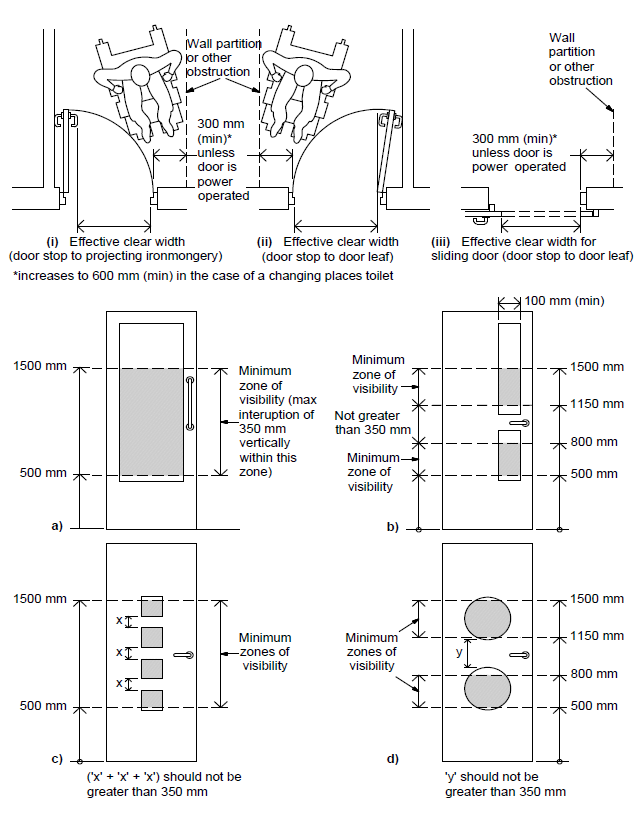
Ensuring Accessibility: Navigating Part M of the Building Regulations in Ireland
10th April 2024
Architects, builders, and developers often find themselves immersed in the complexities of design and construction, focusing on aesthetics, functionality, and efficiency. However, amidst all the technical aspects, there’s one crucial aspect that must not be overlooked – accessibility. Part M of the Building Regulations in Ireland addresses this very aspect, and its importance cannot be overstated.

Ireland, like many other countries, is experiencing a demographic shift towards an aging population. This shift brings about unique challenges, particularly concerning accessibility and inclusivity in our built environment. According to the Central Statistics Office (CSO), the number of people with disabilities in Ireland has been steadily increasing, reaching 1,109,557 individuals in 2022. This accounts for approximately 22% of the population, indicating a significant portion of society that requires special consideration when it comes to accessing and using buildings.
Part M of the Building Regulations is designed to ensure that buildings are accessible to people of all abilities. It sets out specific requirements for the design and construction of new buildings, as well as alterations to existing structures, to ensure they are inclusive and barrier-free. From entrances and exits to circulation spaces, sanitary facilities, and parking, every aspect of a building’s design must comply with these regulations to provide adequate facilities for all people.
Now, let’s address some of the most frequently asked questions about Part M compliance:
Does Part M apply to existing buildings?
Whereas compliance with the Building Regulations (including Part M) is mandatory for new buildings, certain parts of the Regulations also apply to existing buildings where a material change of use takes place. Otherwise, Building Regulations do not apply to buildings constructed prior to 1 June, 1992. If in doubt as to whether the Building Regulations apply you should obtain advice from an architect or from the building control section of your local authority.
What is the minimum width for a public building main entrance?
Part M specifies the minimum clear opening width required for doors in different types of buildings. For example, in a public building, the minimum clear opening width for a single-leaf door is 1000mm if external, 800mm if internal, and for a double-leaf door, it is 1800mm. See table below for full guidance.

What are the requirements for Part M in regards to fire safety?
Access provision must be linked to provision for emergency egress in the case of a fire. The scope of Part M is limited to matters of access to and use of a building. For guidance on means of escape or evacuation, reference should be made to Technical Guidance Document B (Fire Safety) and the NDA publication ‘Safe Evacuation for All, A Planning and Management Guide, 2011’.
What is the minimum space required in front of a building entrance?
A level landing at least 1800 mm x 1800 mm clear of any door or gate swing should be provided immediately in front of the entrance. The surface of the landing should not impede movement by wheelchairs or other mobility aids.
What are the visibility requirements for accessible doors?
Where possible, unless for reasons of security, entrance and lobby door leaves and side panels wider than 450 mm should have vision panels towards the leading edge of the door. The minimum vertical zone of visibility should be between 500 mm and 1500 mm from the floor.

What is the opening force required for accessible doors?
When measured from the leading edge of the door, the opening force should be not more than 30N from 0°(the door in the closed position) to 30°open, and not more than 22.5N from 30°to 60°degrees of the opening cycle.
Why is it important to work with experts in achieving Part M compliance?
Achieving Part M compliance requires specialized knowledge and expertise in accessibility design and construction. Working with professionals who understand the intricacies of these regulations can help ensure that your building meets the necessary standards and provides equal access to all individuals.
In conclusion, compliance with Part M of the Building Regulations is not just a legal requirement; it’s a fundamental aspect of creating inclusive and accessible built environments. As demographics continue to evolve, it’s more important than ever to prioritize accessibility in our designs and constructions. By working closely with experts and embracing the principles of universal design, we can create spaces that are welcoming, functional, and truly accessible to everyone.